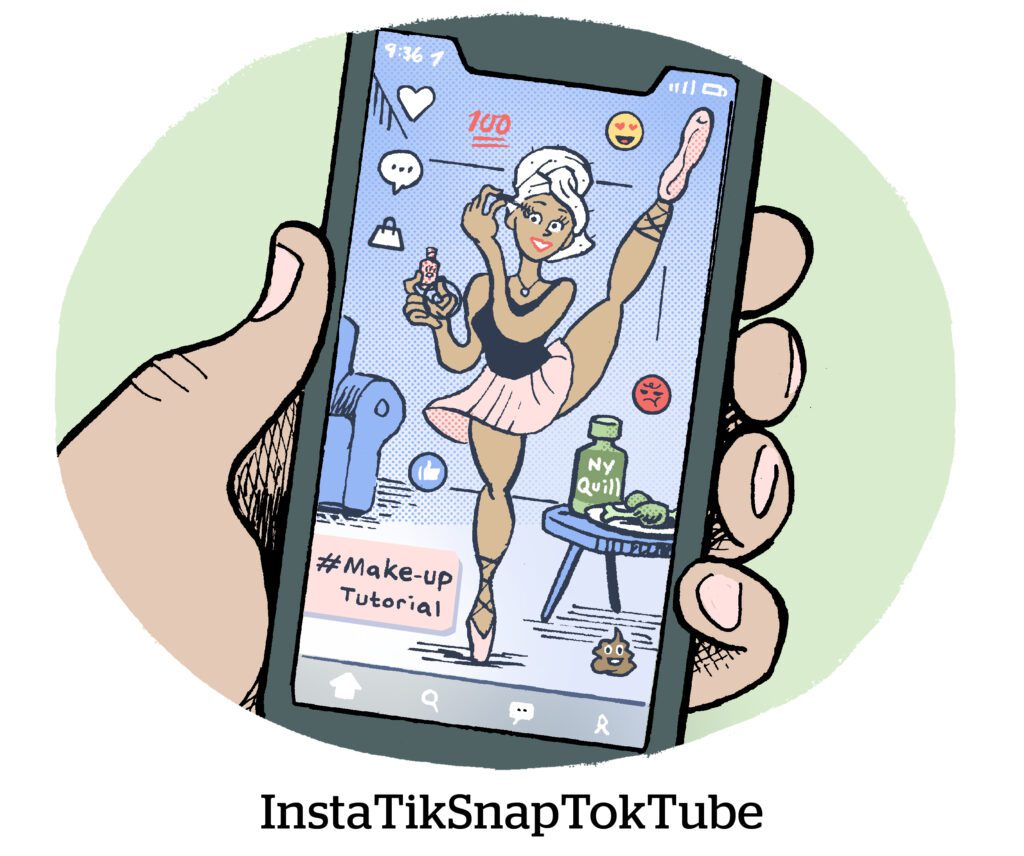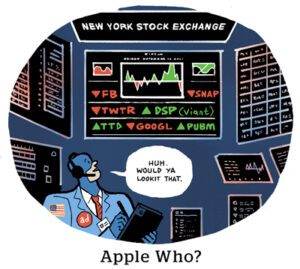Here’s today’s AdExchanger.com news round-up… Want it by email? Sign up here.
Create To Affiliate
YouTube is expanding its affiliate and shopping monetization products. That’s been a priority for years, but it wasn’t until last year that YouTube creators could easily add bulk tags to the products in their videos.
Now, YouTube is launching an Affiliate Hub where retailers and manufacturers can list rates or special short-term offers, which should open affiliate deals to more creators.
For instance, creators will have the opportunity to pick and choose among particular brands or products they know they can sell or that have more appealing commissions or offers.
Creators will also be free to produce and publish far more often, as opposed to the previous affiliate model where creators had to compete to earn the right to hawk a certain product at a certain affiliate rate.
YouTube is also integrating Fourthwall, a shopping website builder, into YouTube’s shopping partner program. It’s a big win for Fourthwall, which is one of YouTube’s three integrated shopping tech businesses in the US. The others are Shopify (duh), a social merch and sales software provider called Spring and Spreadshop, which makes custom merchandise and apparel.
Publisher Priorities
Publishers are putting a premium on quality ad placements now more than ever.
Nearly 80% of publishers say high-quality content currently has the most significant impact on brand lift – whereas last year, only 36% of publishers said as much, according to recent Digiday research.
Last year, publishers were more focused on improving native advertising, data and analytics. But now, high-quality content and ad placements are at the top of their agenda, according to Digiday.
So why the change in priorities?
While advertising trade orgs and Adalytics (via its many reports) continue pressuring tech vendors to weed out made-for-advertising inventory, publishers are giving themselves a makeover to avoid any resemblance to the ad industry’s new public enemy No. 1.
Improving the quality of editorial content on their sites (rather than cramming in as many ads as possible) is one way to avoid being mistaken for sites that are made for advertising – or made for arbitrage, if you will.
A Snap Election
Snap expects a healthy uptick from political ads this year.
Market research firm WARC forecasts Snap will earn $65 million in political spend in 2024, Business Insider reports. That’s five times more than Snap netted during the 2020 presidential race.
More broadly, WARC expects Snap’s total 2024 revenue to grow 13.7% to $5.2 billion – and the political windfall will certainly help.
Snap benefits here by default. YouTube, Facebook and Instagram aren’t amenable to political news, advertising or fundraising – they’ve all been burned before. TikTok is controversial. Twitter is a cesspit.
Also, many of Snapchat’s users are of voting age – 80% are now 18 and older. That makes the platform an attractive option for political advertisers to reach many first-time voters.
Meanwhile, the Snap Stars influencer program and Snap’s content partnership with ESPN should help attract more political ads, says Danielle Butterfield of Priorities USA, a progressive PAC.
Snapchat is also helped by its association with positivity, happiness and sharing with friends, as compared to other social nets built around virality among strangers and unhealthy information diets.
Although let’s see what happens on Snap after enduring its first election cycle as a major political ad platform.
But Wait, There’s More!
Snowflake integrates with Snap’s conversions API to create multi-party clean rooms. [Digiday]
Robinhood launches the website for its new media arm, Sherwood News. [Axios]
Sincera unveils a dashboard for tracking Privacy Sandbox API adoption. [release]
TikTok launches a new rewards app to boost growth. [The Information]
You’re Hired!
Fortune Media promotes Anastasia Nyrkovskaya to CEO. [NYT]
Marketing agency Agital hires Jamie Farrell as SVP of marketing. [release]
Viamedia promotes Sherri Bradshaw to SVP of finance and Anita James to SVP of financial planning and analysis. [release]













